Hydrangeas are often the showstoppers of any garden. With their lush foliage and spectacular blooms, they capture the heart of anyone who lays eyes on them. But one question that seems intriguing to gardening enthusiasts is, “Can hydrangeas grow in full shade?” We have the comprehensive answer you’ve been searching for.
Table of Contents
Can I Grow Hydrangeas in Full Shade
Based on solid horticultural research and gardeners’ experiences, hydrangeas can manage to survive in some level of shade, but the shade’s timing and type play a pivotal role in their overall health and flowering.
Hydrangeas thrive best in full sun, defined as an area receiving more than 6 hours of sunlight per day, or part sun, which means 4 to 6 hours of sunlight daily. However, it’s not just about counting the hours of sunlight; it’s also about the sunlight’s quality and intensity.
Read more: How Long Should Grow Lights Be On
For instance, hydrangeas can endure full shade during the most scorching parts of the day, especially in hotter climates. This period of afternoon shade can actually protect them from potential leaf burn or wilting. Nevertheless, these plants do require some morning sun to help them metabolize adequately and bloom well.
The lack of adequate sun will significantly affect their flowering during the whole plant life cycle. You can expect fewer blooms, and the existing blooms may be less vibrant. Additionally, the stems could turn out to be weaker and floppier, affecting the plant’s overall appearance and vitality.
Types of Hydrangea and Their Shade Tolerance
Hydrangeas come in various species, each with its unique characteristics and requirements. Some can tolerate shade better than others. For instance, Oakleaf hydrangeas (Hydrangea quercifolia) and Bigleaf hydrangeas (Hydrangea macrophylla) are among the most shade-tolerant varieties. Let’s check them one by one.
Bigleaf Hydrangeas (Hydrangea macrophylla)
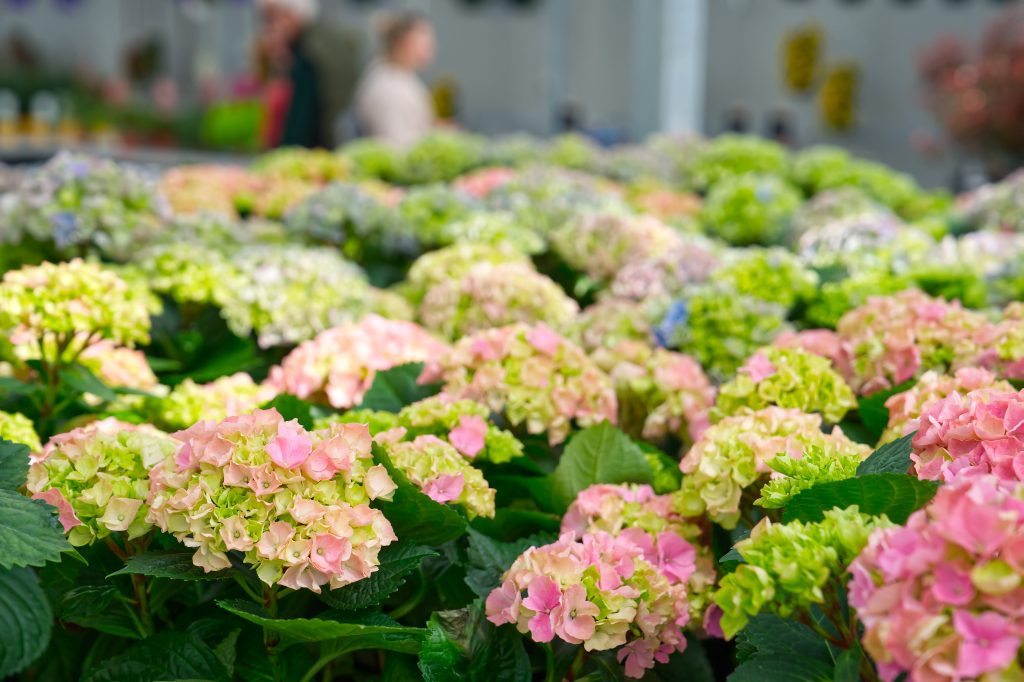
Bigleaf hydrangeas are perhaps the most recognized of the hydrangea types, known for their large, globe-like flowers. They prefer partial sun to partial shade conditions, making them somewhat tolerant to lower light levels. Morning sun and afternoon shade are often ideal for these hydrangeas. If placed in too much shade, however, they may not produce as many blooms.
Smooth Hydrangeas (Hydrangea arborescens)
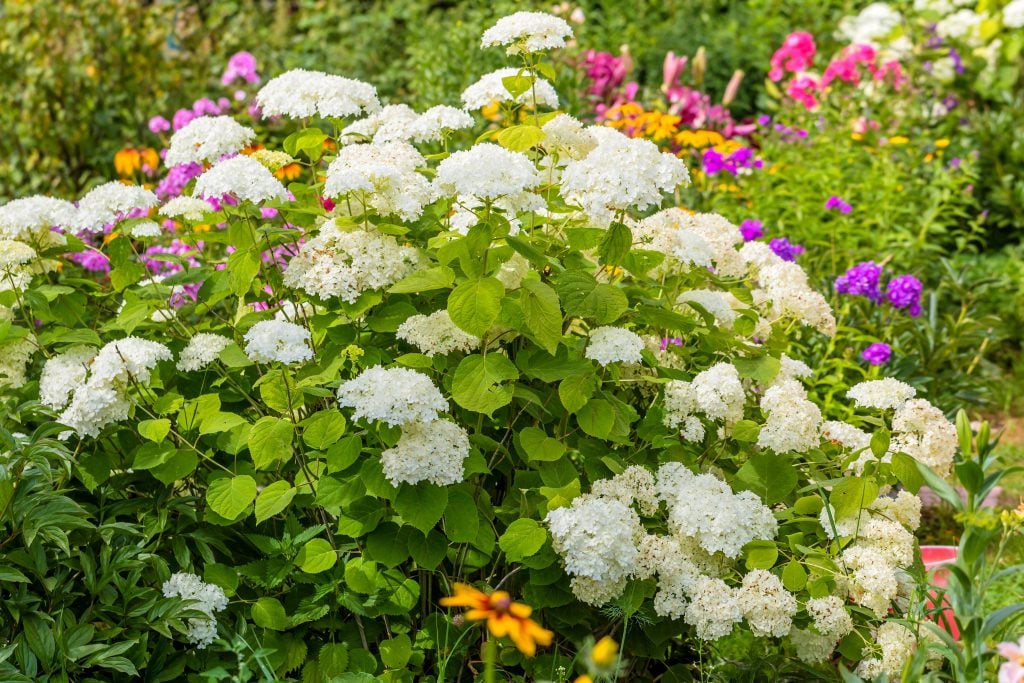
These hydrangeas, such as the popular ‘Annabelle,’ are more forgiving when it comes to shade. They can tolerate more shade than Bigleaf hydrangeas, but they still appreciate a few hours of morning sun for optimal flowering. Full afternoon sun could be harsh on them, especially in hotter climates.
Panicle Hydrangeas (Hydrangea paniculata)
Panicle hydrangeas are more sun-loving compared to other types. They can tolerate full sun but are also amenable to partial shade. Due to their higher sun tolerance, they are more flexible about their light conditions and can be more easily incorporated into sunny landscapes.
Oakleaf Hydrangeas (Hydrangea quercifolia)
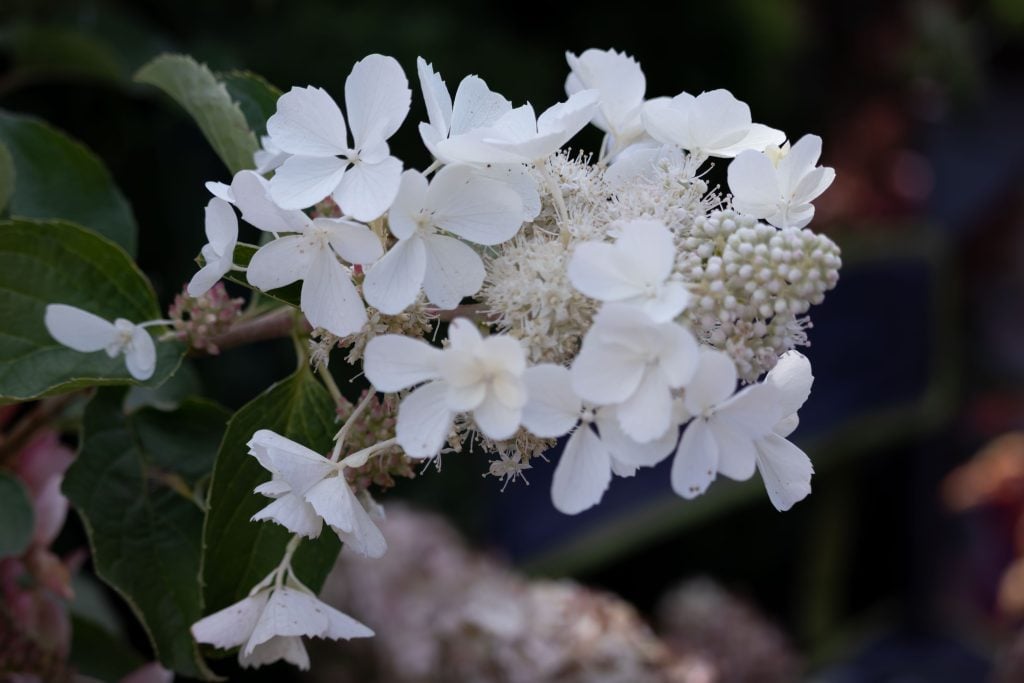
Oakleaf hydrangeas are native to the United States and are quite hardy. They can grow in full sun to partial shade but do best with some afternoon shade. Too much shade can result in fewer flowers and weaker stems, similar to other types of hydrangeas.
Climbing Hydrangeas (Hydrangea anomala subsp. petiolaris)
Climbing hydrangeas are unique in that they cling to surfaces. They are also unique in their shade tolerance. They can tolerate more shade than most other hydrangeas and even grow well in areas with only dappled light. However, like their counterparts, they will flower best if they receive at least some sunlight.
Mountain Hydrangeas (Hydrangea serrata)
These hydrangeas are similar to Bigleaf hydrangeas but are generally smaller and have a higher cold tolerance. They prefer partial sun to partial shade and do well with a few hours of morning sun followed by afternoon shade.
Each type of hydrangea has its own shade tolerance, which means you can likely find a type that fits your specific light conditions. However, it’s crucial to remember that while many hydrangeas can tolerate shade to some extent, most will do their best flowering when they receive at least some direct sunlight, especially in the morning.
Conclusion
So, can hydrangeas grow in full shade? The answer lies in understanding the type of hydrangea you have, the kind of shade you’re dealing with, and the specific care your plants need. While they may not thrive as gloriously as they would in partial shade or full sun, with a little extra attention, hydrangeas can indeed brighten up the darker corners of your garden.
FAQs about Growing Hydrangeas in Full Shade
Can hydrangeas survive without any sunlight?
- While hydrangeas are known for their shade tolerance, they cannot survive without any sunlight at all. These plants, like all photosynthetic organisms, require some level of light to perform photosynthesis and produce energy. A spot that receives dappled sunlight or at least a few hours of morning sun is ideal for most hydrangeas. In completely dark or overly shaded areas, hydrangeas will struggle to grow, may produce fewer to no blooms, and can become susceptible to pests and diseases.
What are the best hydrangea types for shady areas?
If you have a garden with more shade, certain hydrangea species will be better suited for such conditions:
- Smooth Hydrangeas
- Climbing Hydrangeas
- Oakleaf Hydrangeas
How often should you water hydrangeas in the shade?
- Hydrangeas in shaded areas generally require less frequent watering than those in full sun since they evaporate less water. A good rule of thumb is to water them deeply once a week. But always check the soil’s moisture level; if the top inch feels dry to the touch, it’s time to water. During particularly hot or dry periods, you may need to adjust the watering frequency.
What kind of fertilizer should you use for hydrangeas in the shade?
- Hydrangeas in shaded areas can benefit from a balanced, slow-release fertilizer, such as a 10-10-10 or 14-14-14 formula. You can apply in early spring as new growth appears.




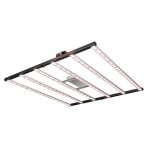
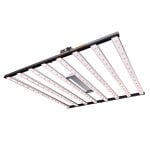
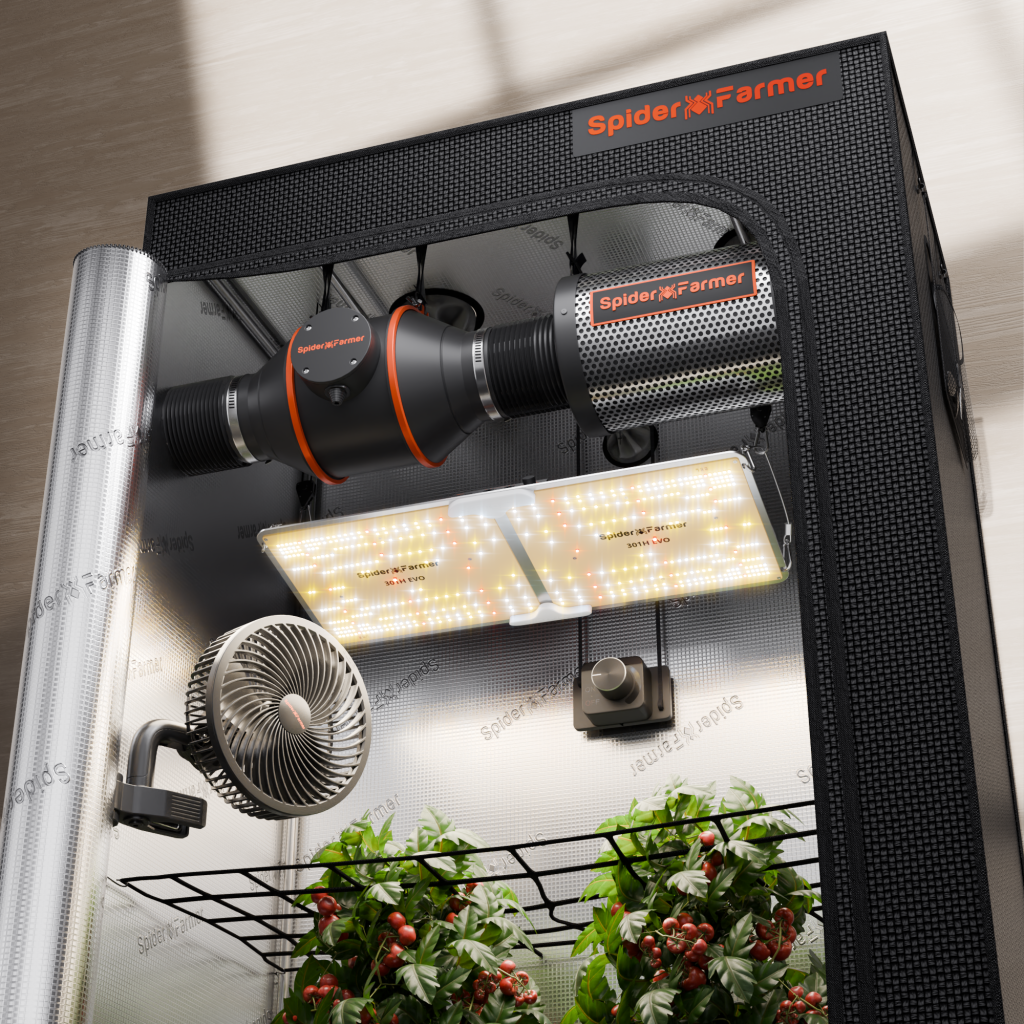
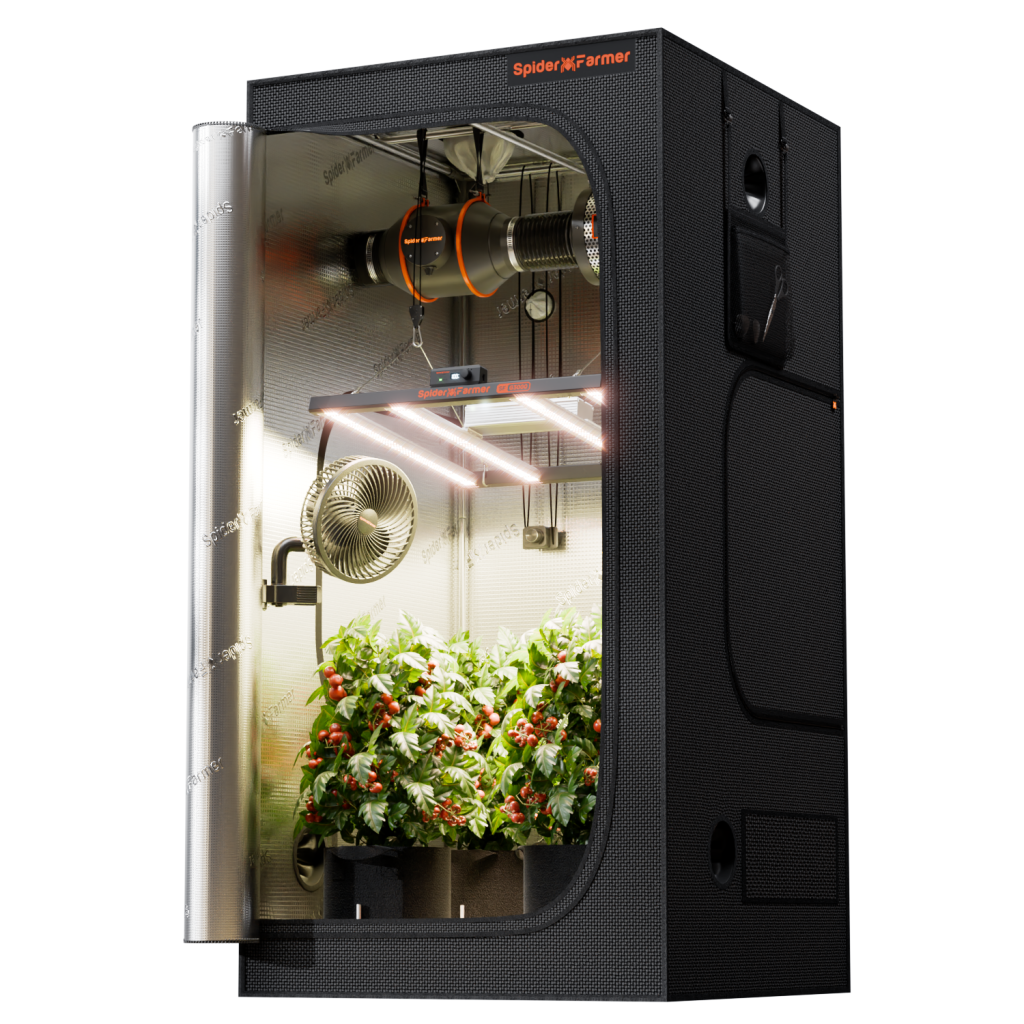
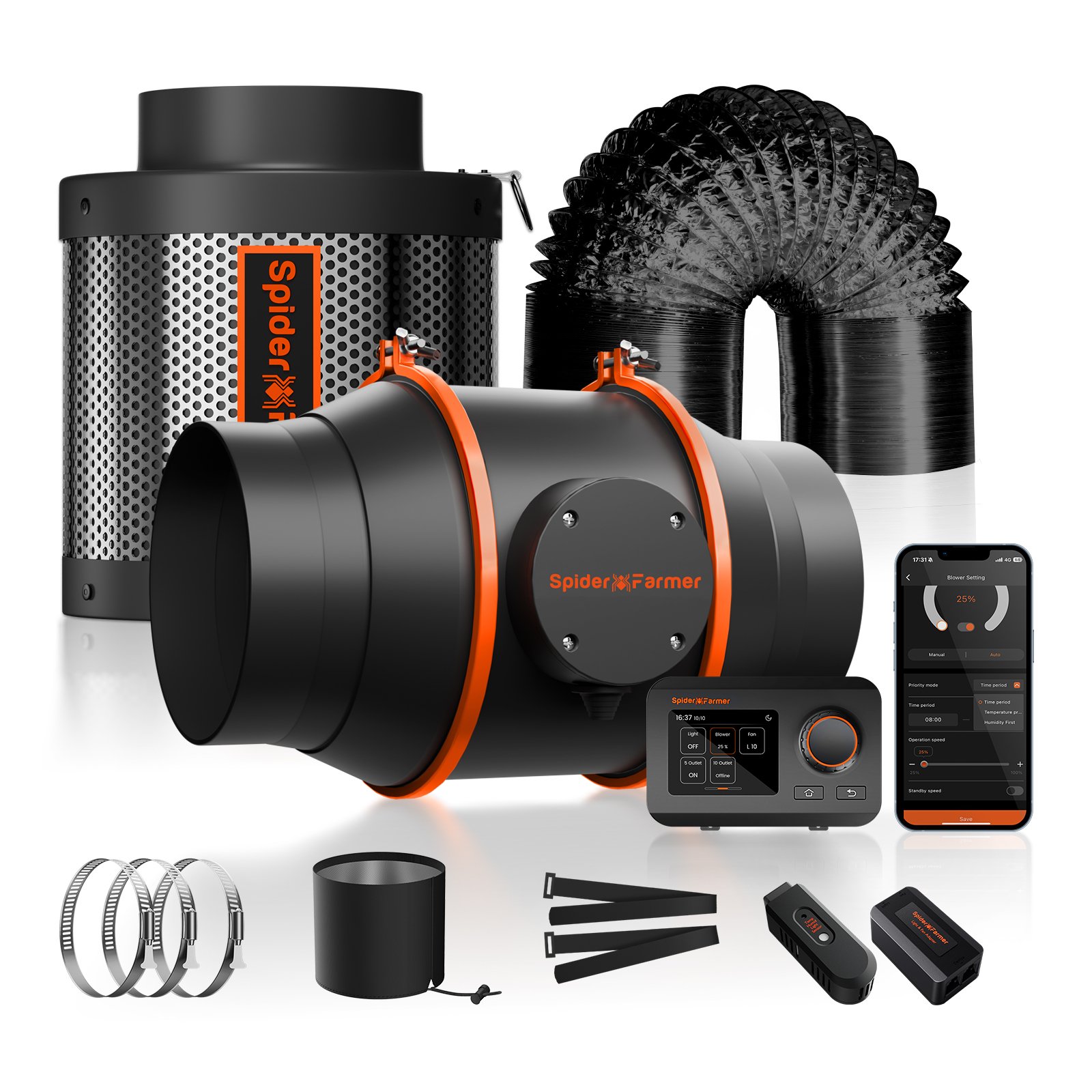
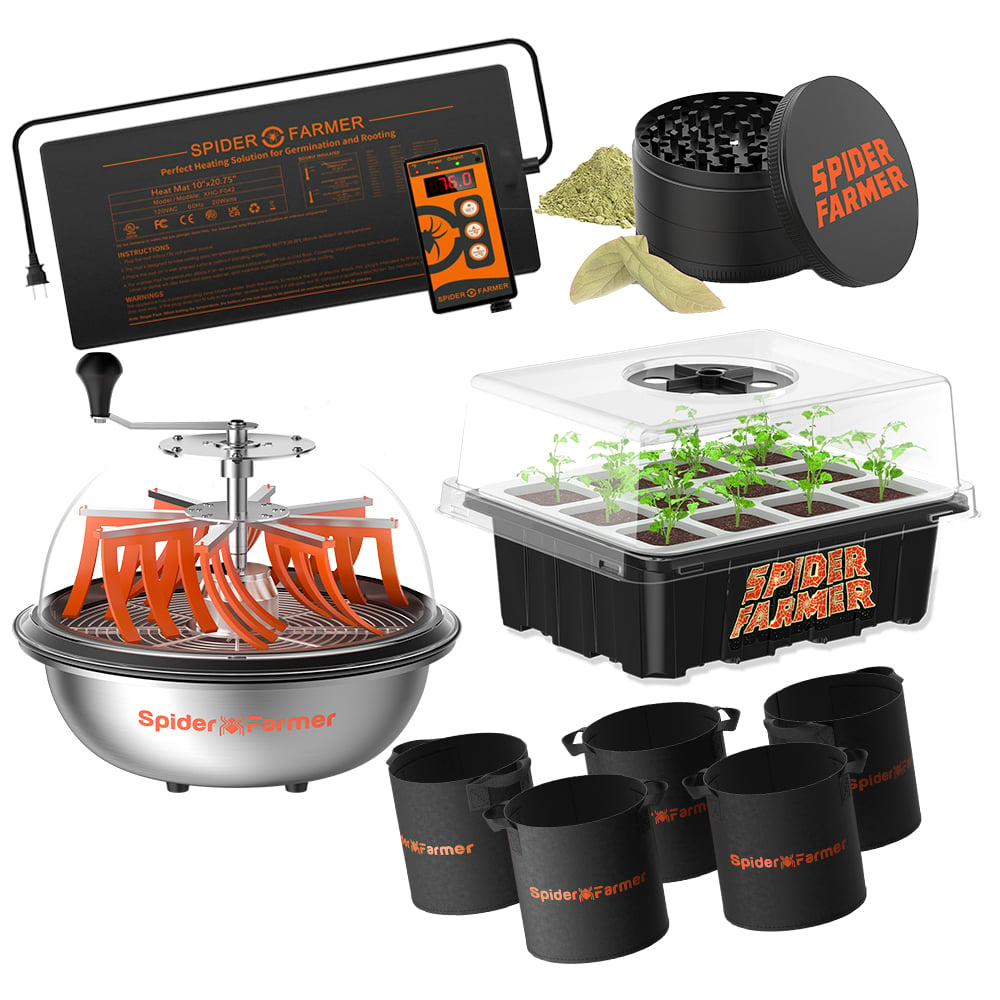
Leave a reply
You must be logged in to post a comment.